Buy clematis (group 3) Clematis 'Jackmanii Superba'
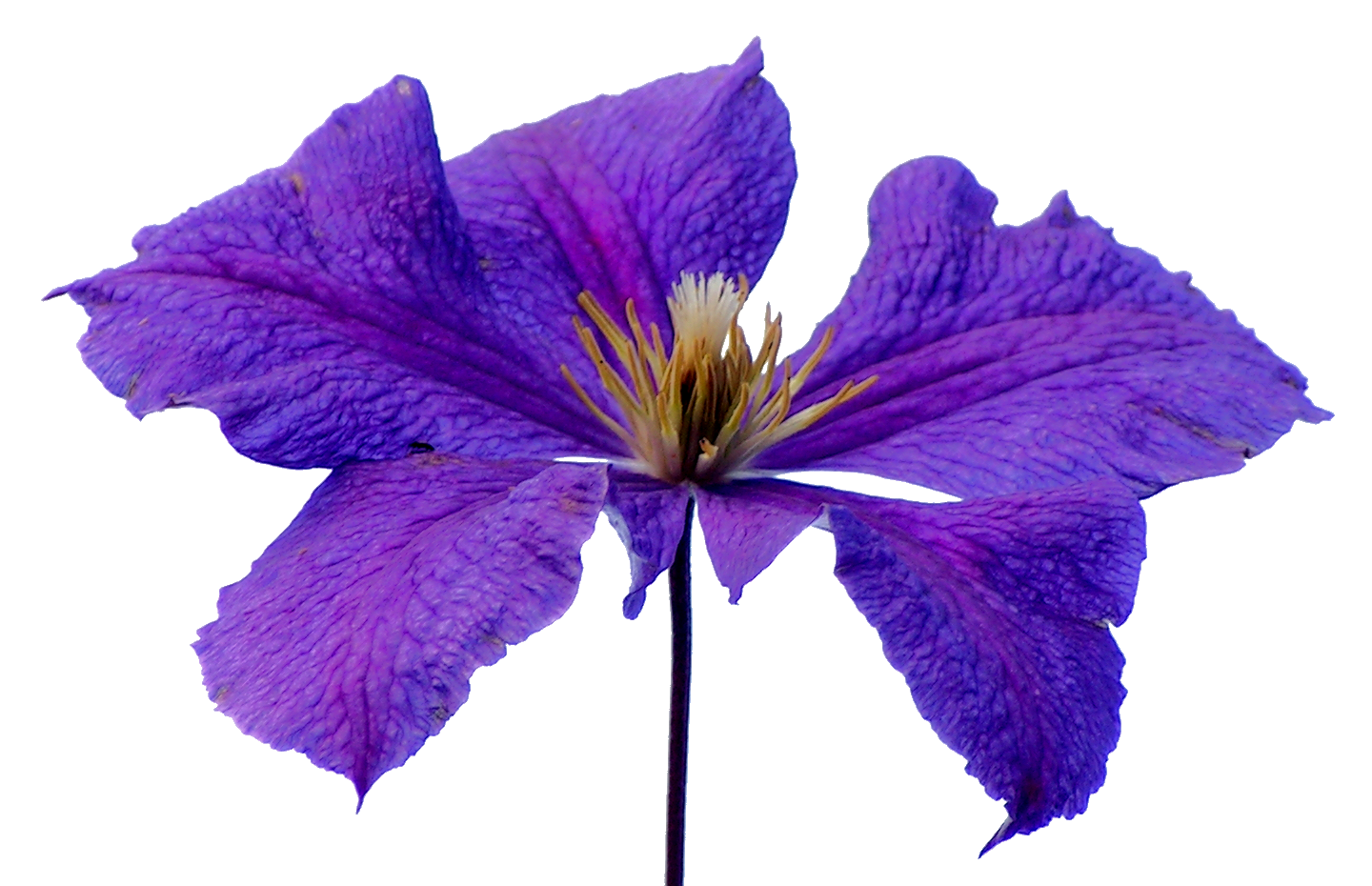
Clematis NutraWiki
Clematis - Te odmiany kwitną również w cieniu Główny ogród Czy są powojniki, które kwitną w cieniu? Te powojniki mają potencjał cienia Jeśli szukasz powojnika do słabego oświetlenia, znajdziesz go u Clematis alpina. Gatunek ten i jego krewni pochodzą z Alp i innych regionów świata o surowym klimacie.

Shade Garden
Consider these factors before planting your clematis. 1. Timing: Late spring and early fall are the best times for planting clematis plants. 2. Planting: Dig a deep hole in your garden, and carefully place your clematis into the planting hole one or two inches below the soil surface. Backfill the hole and water the soil.
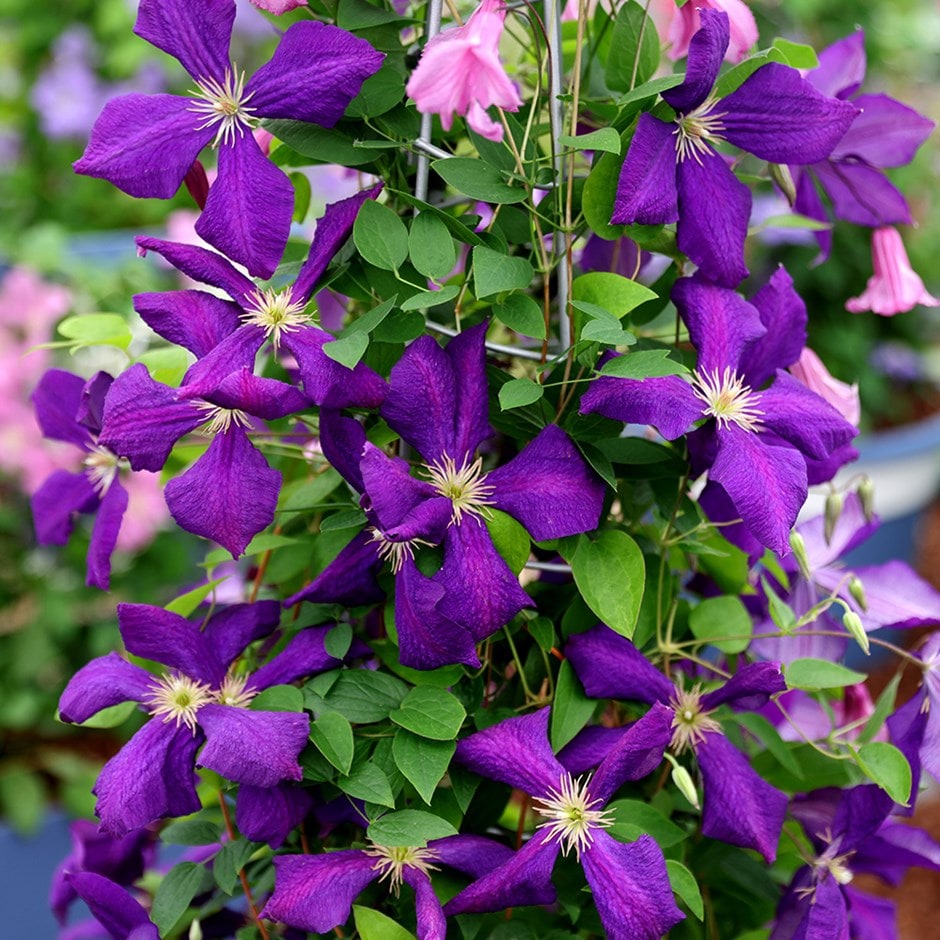
Buy clematis (group 3) Clematis 'Jackmanii'
Toxic Plant Clematis is toxic to people but the leaves have a bitter taste, which helps deter much sampling. If you suspect your child has eaten clematis, call the doctor. The plant is also known to be toxic to dogs, cats, and horses. Where to Plant Clematis
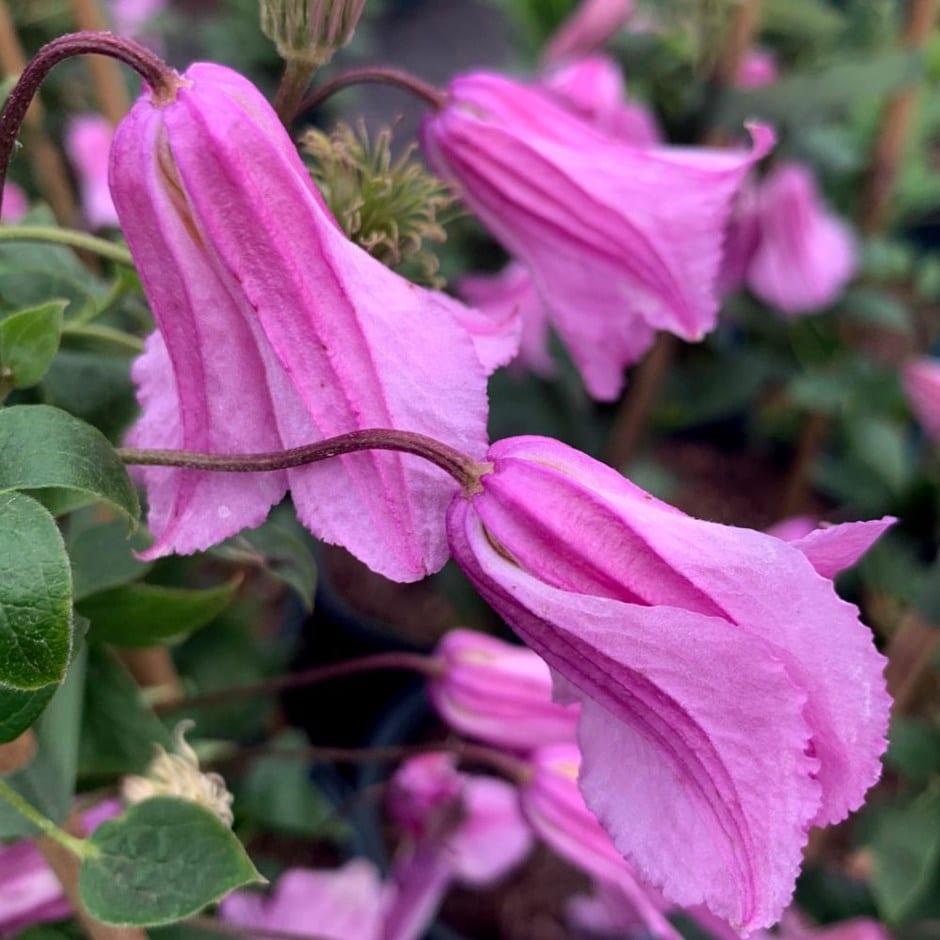
Group 3 Clematis For Sale Buy clematis (group 3) Clematis Kermesina
Trim your clematis in the first year to promote a bushier, stronger plant in the future. First year trim: In late winter/early spring, cut your clematis back to about 5 inches from the ground, regardless of its pruning group. A first year trim will make your Clematis more beautiful over its entire (long!) life.
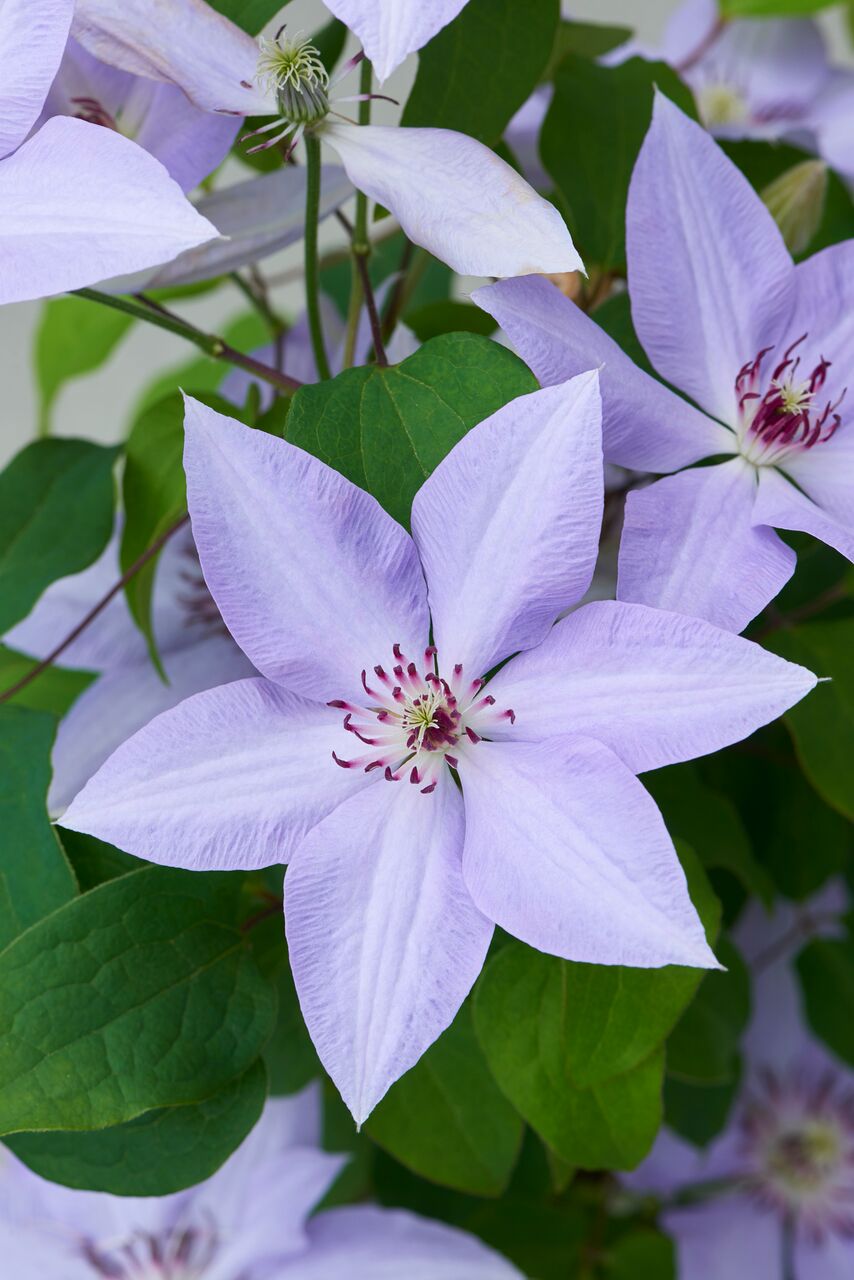
Tytuł strony
Etymology The genus name Clematis [pronunciation note 1] is from Ancient Greek κληματίς : clēmatís, ("a climbing plant") from κλήμα : klḗma - 'twig, sprout, tendril'. Botany The genus is composed of mostly vigorous, woody, climbing vines / lianas. The woody stems are quite fragile until several years old. [4]

Clematis Proteus Brushwood Nursery, Clematis Specialists
Before planting, you can root-wash the roots of the clematis. This involves soaking the root ball in a container of warm water, and gently coaxing the original growing medium away—which tends to be too water phobic for long-term growing. Root-washing requires some care but it can give the plant a better start.
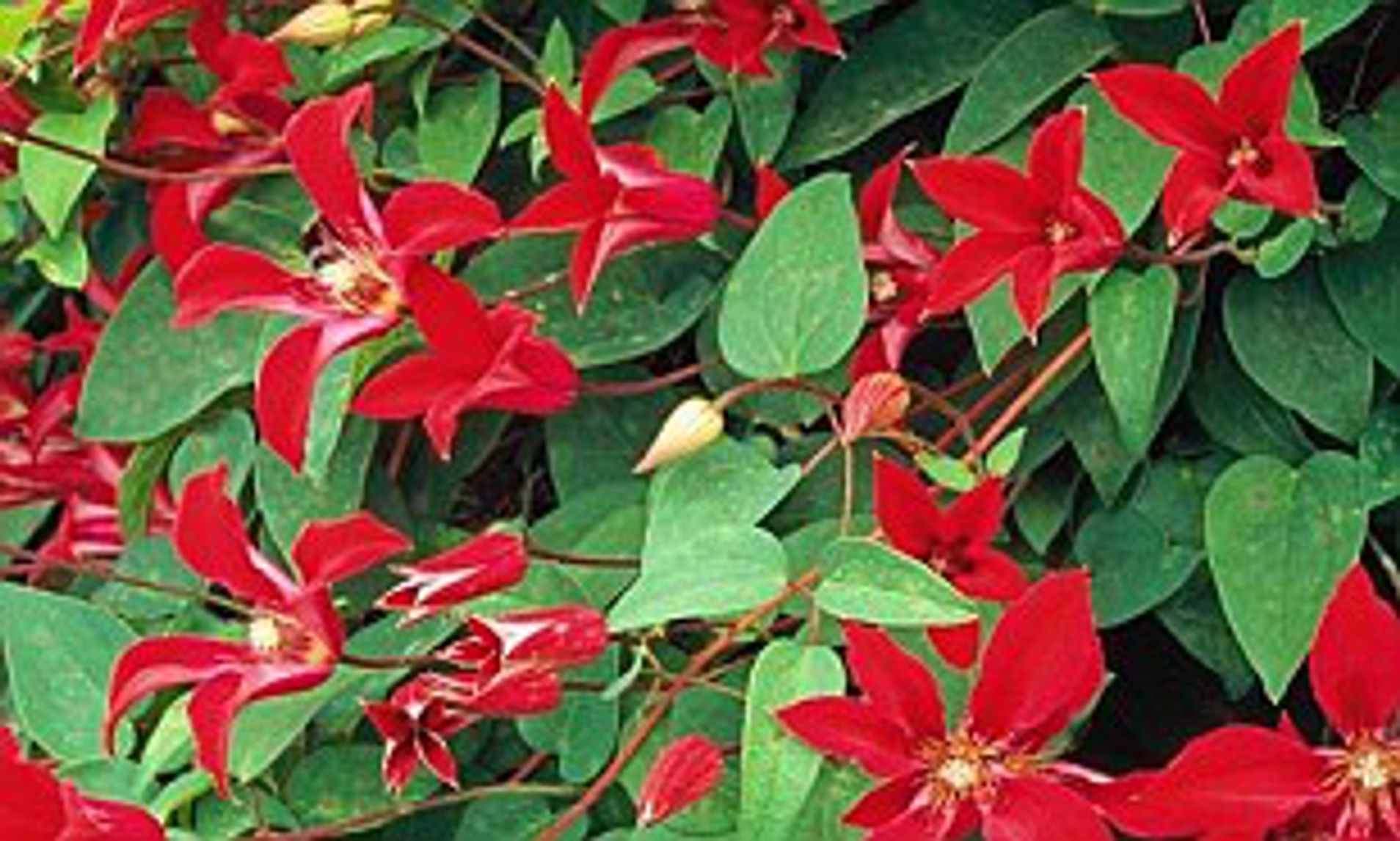
Clematis do Texas Noticias De Jardim
2. Position the clematis. Lean the clematis at a 45 degree angle towards the wall or fence. Plant large-flowered cultivars 2 to 4in below the compost level they had in the pot. Most other clematis like to be planted just slightly below soil level. 3. Train the clematis.
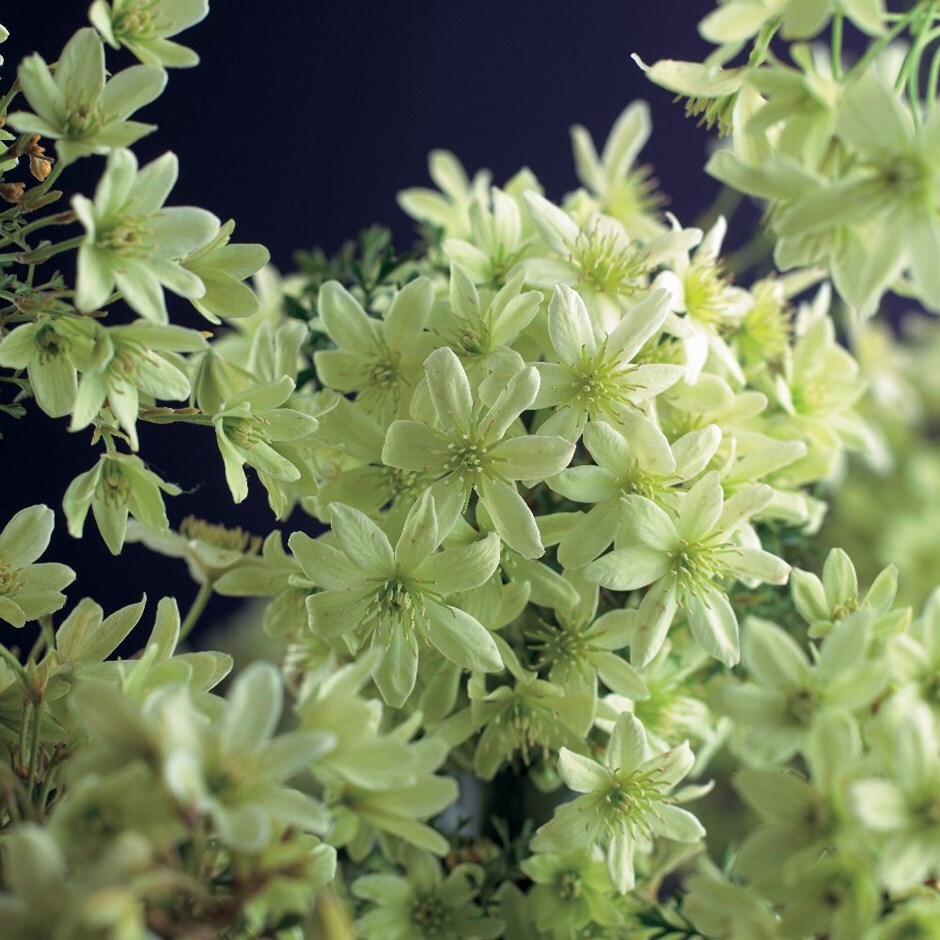
Buy clematis (group 1) Clematis 'Pixie'
Clematis is a popular perennial climbing plant that produces colorful, winding blooms that are occasionally fragrant. Due to their vining nature, these plants can be added into your garden in a myriad of creative ways: You can plant them along an arbor, up a fence, or even on a freestanding trellis.
FileClematis vitalba.JPG Wikimedia Commons
Clematis is a rule breaker when it comes to planting. Typically plants should be placed so that the top of the soil in the ground is the same as it was in the container and planted directly in the native soil (turns out that whole "$10 hole for a $5 plant" advice was probably off base).

Clematis Care The Ultimate Guide To Planting, Growing and Pruning
2. Clematis need to grow in an area where their feet stay cool. When soil temperatures reach and exceed 25 C (77 F) their roots will stop growing. Remember that healthy roots mean healthy plants. Provide shade for their roots with things like: Mulch - but keep the mulch about 6″ (15 cm) from the stem to avoid stem rot.

Farm and Greenhouses Growing Clematis
Height - 3-12 ft. (0.9-3.6 m) Spread - 3-20 ft. (0.9-6 m) Sun exposure - Full Sun Soil requirements - Neutral Hardiness zones - USDA Zones 4-9 When to plant - Spring, Fall How to Grow Clematis There are approximately 300 species of plant in the Clematis genus.
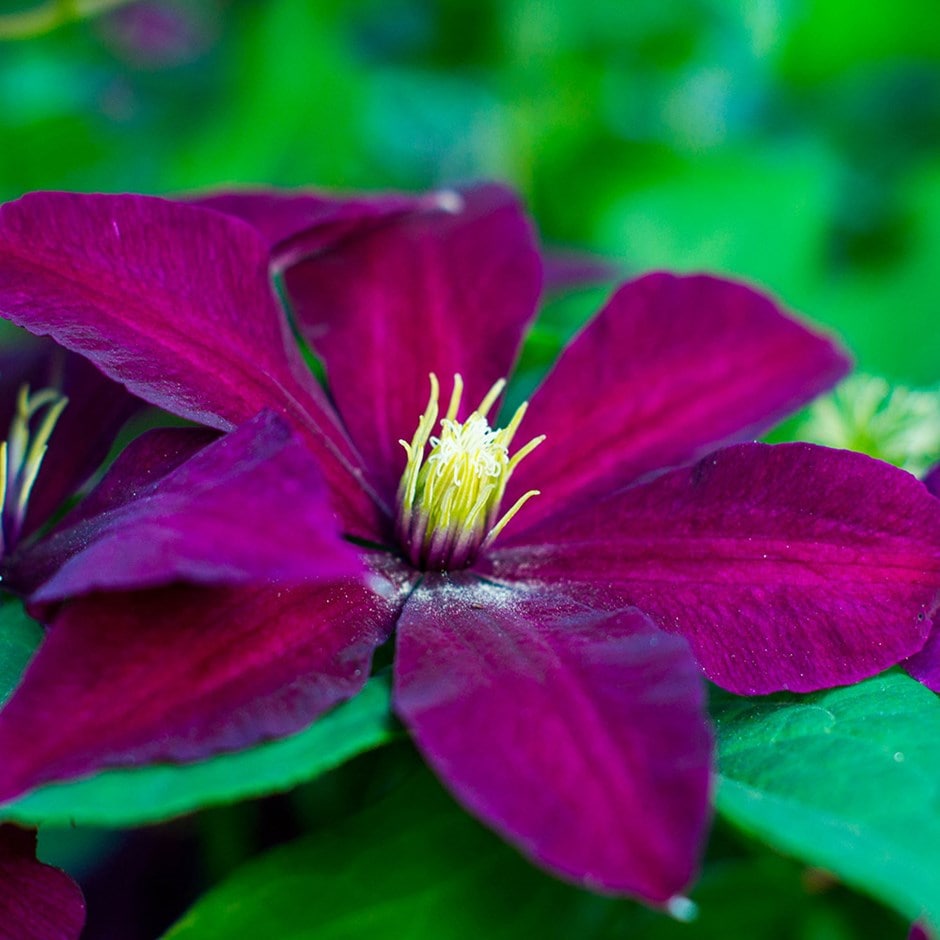
Buy clematis (group 2) Clematis 'Niobe'
Clematis are long-lived perennial vines and they have an important role to play in any flower garden. As they scramble up trellises, climb over arbors and thread themselves through other plants, clematis weave a rich tapestry of color and texture. Read on for six tips that will help you be successful with the "queen of climbers." Do Some Research
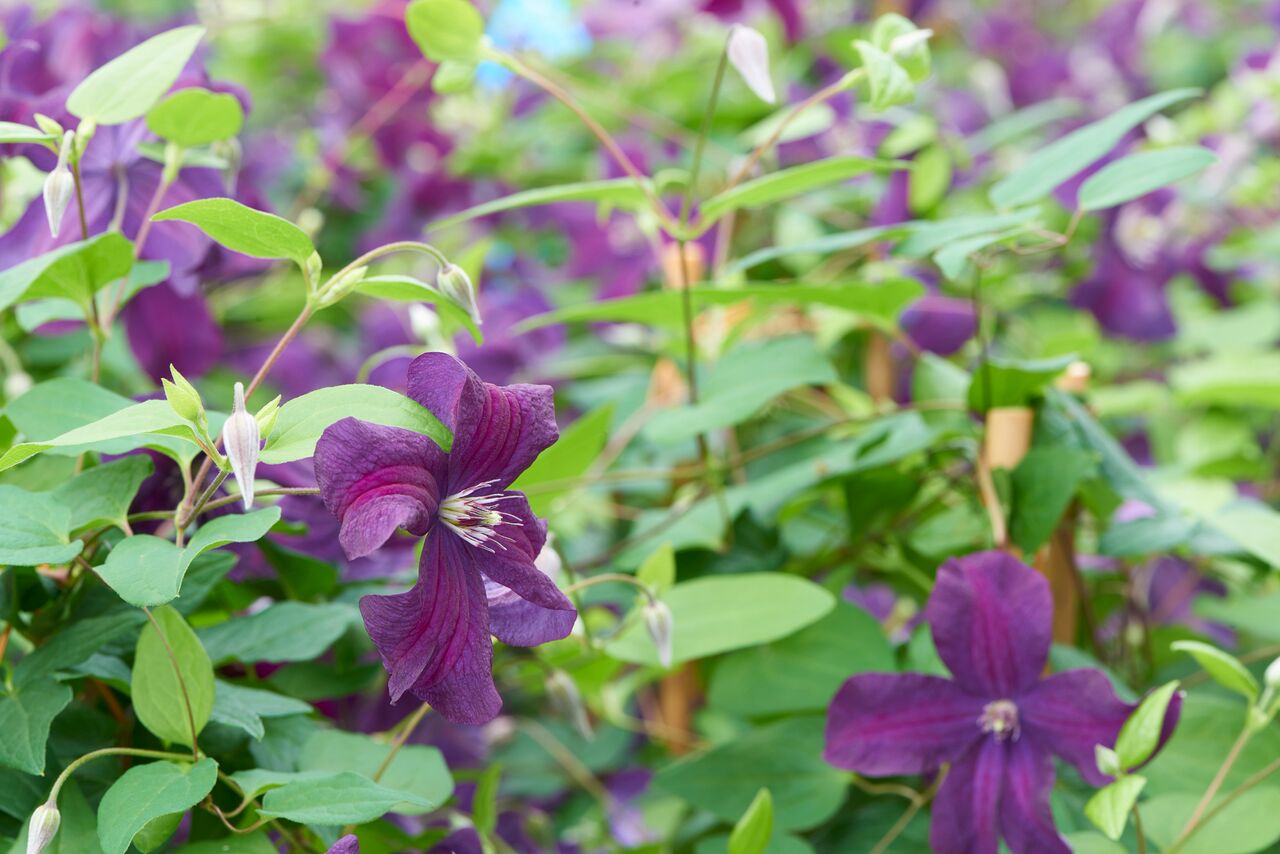
Tuszynscy
Clematis is a genus of perennial flowering vines in the Ranunculaceae or buttercup family. Numbers vary, but there are an estimated 300 to 400 known species native to Asia, Europe, Oceania, and North America with thousands of available cultivars.
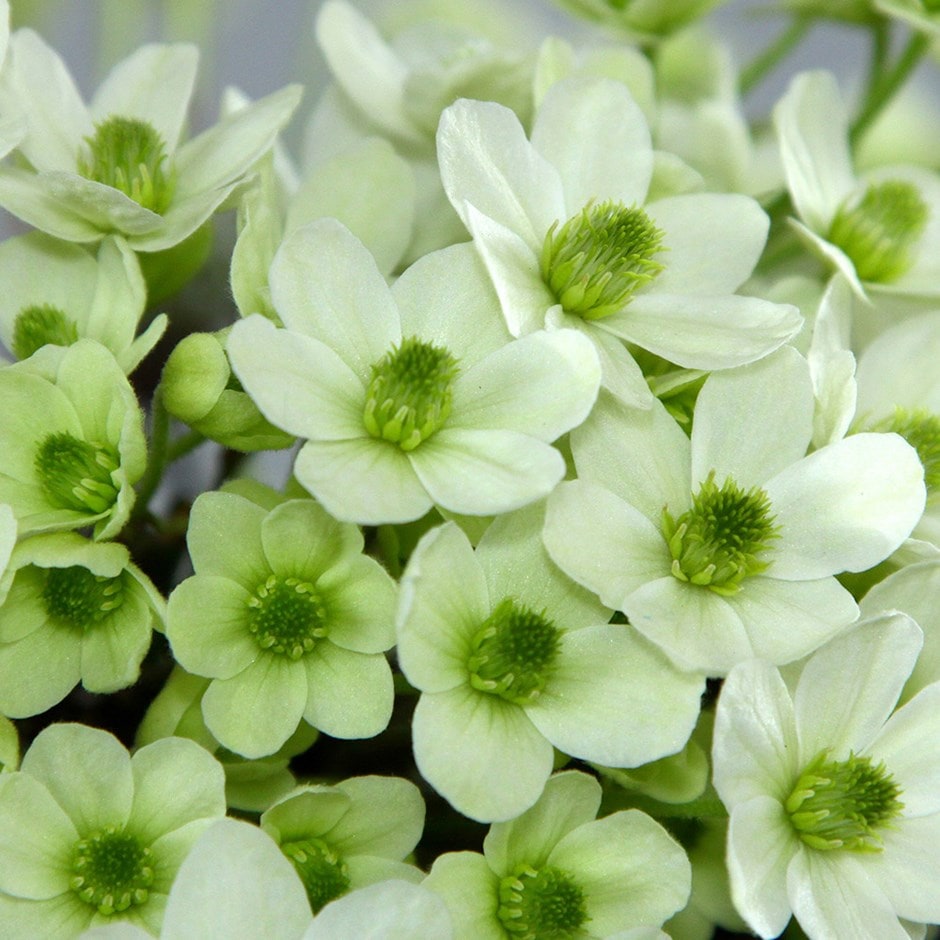
Buy clematis (group 1) Clematis 'Ovation (PBR)'
Full Sun Soil pH Neutral Bloom Time Spring Summer Flower Color Blue Pink Yellow Hardiness Zone Planting, Growing, and Caring for Clematis Vines Catherine Boeckmann December 1, 2023 Clematis, known as the "queen of the vines," may be best known for its large-flowering, purple, star-shape blooms on twining vines.

Buy clematis (group 3) Clematis 'Jackmanii Superba'
All clematis varieties are divided into three groups based on flowering time and pruning requirements. Group 1: early flowering varieties that bloom in late winter and spring; Group 2: reblooming summer varieties; Group 3: flower in summer and fall *Note: the earlier a clematis variety blooms, the less pruning it requires long-term.

Alpine Clematis Earth laughs in flowers
Clematis is a genus of climbing, twining, or trailing plants in the buttercup family, Ranunculaceae, consisting of over 380 species and numerous cultivars. These perennial plants are native to various parts of the world, including Asia and North America.